In the fast-paced world of app development, building for multiple platforms can be a significant drain on time and resources. This is where Flutter, Google's open-source UI toolkit, has emerged as a revolutionary solution. Flutter allows developers to build beautiful, natively compiled applications for mobile, web, and desktop from a single codebase, and it's changing the game for businesses and developers alike.
At the heart of Flutter is its reactive, widget-based architecture. Everything in Flutter is a widget, from a simple button to a complex layout. This allows for a highly customizable and expressive UI. Flutter's 'hot reload' feature is a developer favorite, enabling you to see the effects of your code changes in real-time without restarting the app. This dramatically speeds up the development and iteration process.
Unlike other cross-platform frameworks that rely on web views or OEM widgets, Flutter compiles directly to native ARM code, providing performance that is virtually indistinguishable from a native app. By using its own high-performance rendering engine, Skia, Flutter ensures a smooth, jank-free user experience at 60 frames per second.
For businesses, the primary advantage of Flutter is the ability to reach users on both iOS and Android with a single, unified codebase. This not only reduces development time and cost but also ensures a consistent brand experience across platforms. With Flutter's growing support for web and desktop, you can now extend that reach even further, creating a truly seamless multi-platform strategy.
In conclusion, Flutter's combination of a rich widget library, outstanding performance, and true cross-platform capabilities makes it an incredibly powerful tool for modern app development. It empowers developers to build stunning, high-performance applications faster than ever before, making it a strategic choice for any business looking to make an impact in the digital world.



